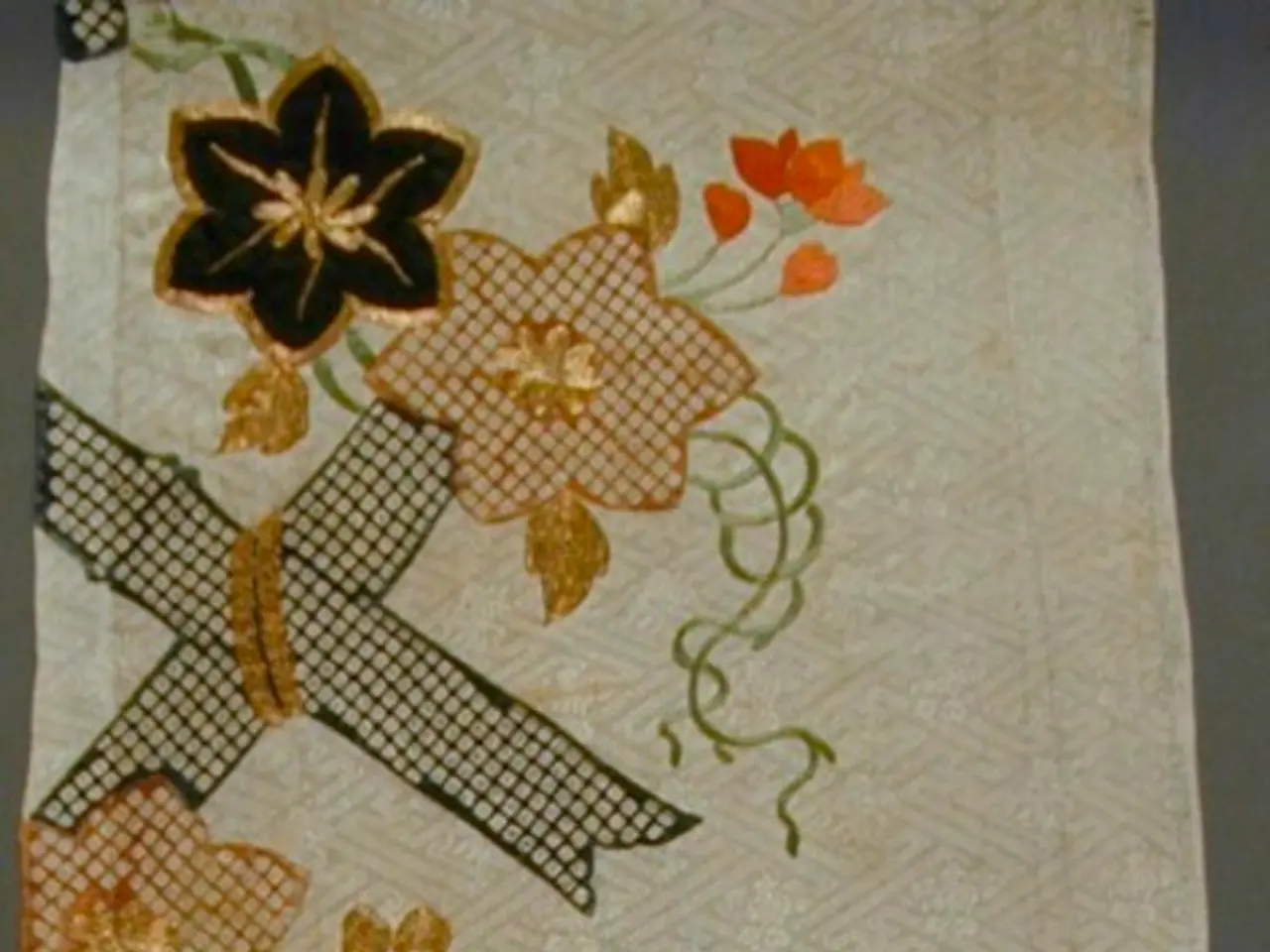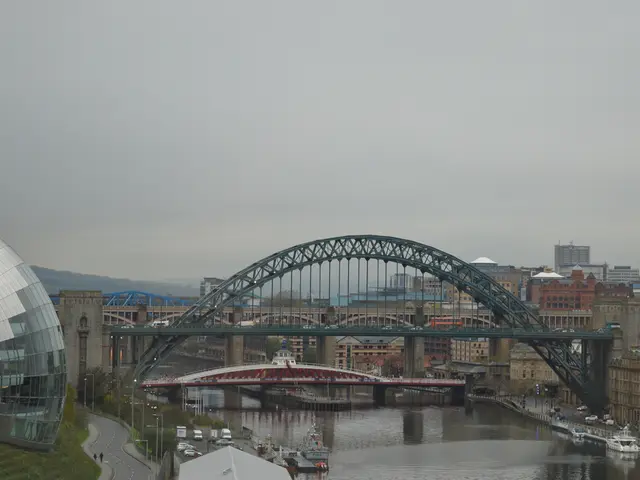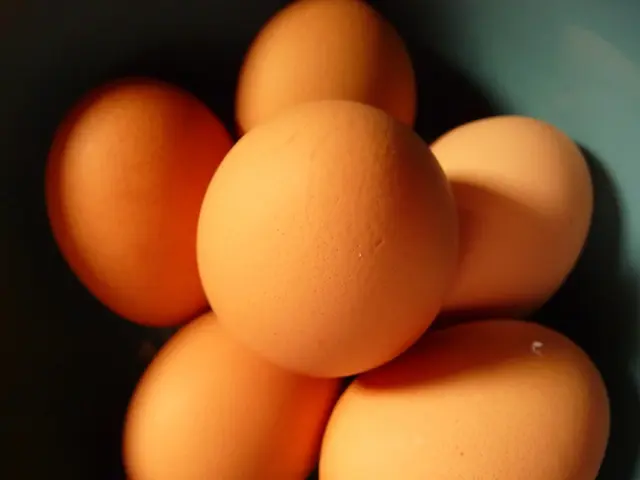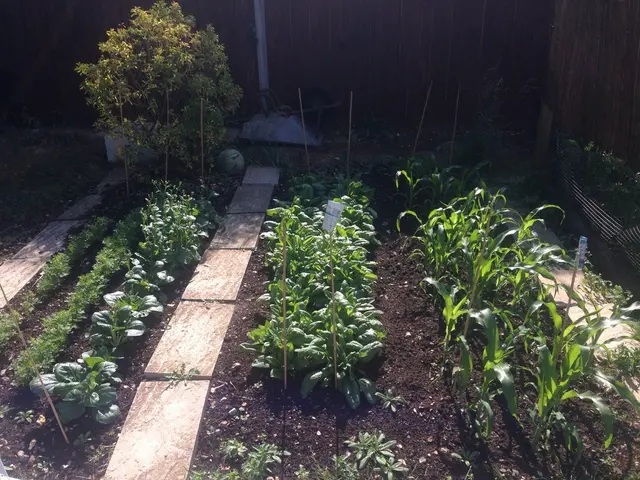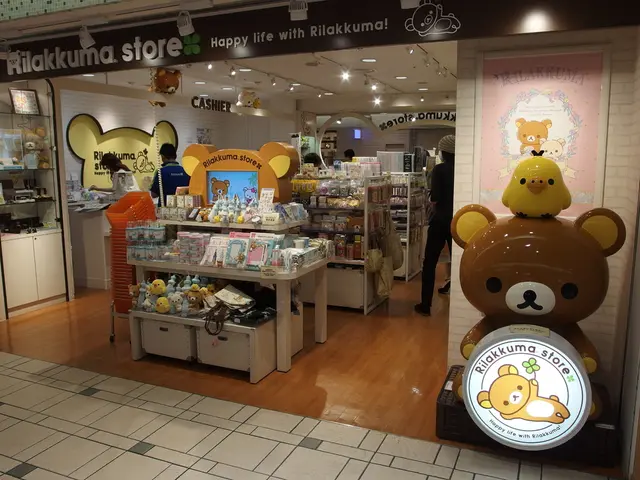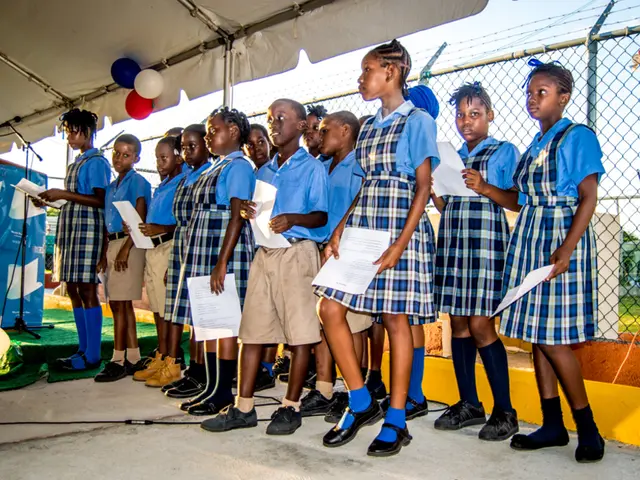Eco-friendly Wardrobe: Opting for Sustainable Garments in Pursuit of Green Lifestyle
=========================================================================
In today's world, where sustainable living is becoming increasingly important, the fashion industry is making strides towards a greener future. The use of eco-friendly materials like hemp, organic cotton, and bamboo is playing a significant role in this transformation.
Hemp, with its water-saving properties, is a standout choice. It requires only half the amount of water that cotton uses, and it grows without pesticides, reducing chemical runoff and protecting ecosystems. Hemp enriches the soil with nitrogen, supports sustainable farming, and produces durable, breathable, and biodegradable fabric. Its rapid growth cycle allows for multiple harvests annually, increasing yield without extra land use [1][2][5].
Organic cotton, on the other hand, avoids harmful pesticides and synthetic fertilizers, preserving soil quality and protecting waterways from contamination. It uses less water than conventional cotton due to reliance on natural rainfall and efficient farming practices. The lack of chemicals also benefits farmers and results in hypoallergenic, softer fabrics [2][3][4].
Bamboo, a natural wonder, grows without irrigation, fertilizers, or pesticides. While the environmental impact depends largely on processing methods, mechanical or lyocell processes that recycle chemicals in a closed loop are preferable to more toxic viscose methods. Bamboo fabric offers breathability and biodegradability while flourishing with minimal agricultural inputs [2][4].
Together, these materials form a sustainable trio in fashion by lowering water consumption, reducing chemical pesticide and fertilizer use, enhancing soil health, and producing biodegradable textiles that mitigate pollution and waste from the apparel industry [1][2][3][4][5]. Their durability and natural properties (like breathability and moisture wicking) also contribute to longer-lasting garments, reducing the overall environmental footprint further.
Shopping second-hand is another green choice that helps reduce waste and cuts down on the environmental harm of fast fashion. Choosing organic materials like hemp, organic cotton, and bamboo helps cut down on the ecological footprint and supports fair fashion practices.
However, the fashion industry still faces challenges. It is one of the most polluting industries in the world, contributing to environmental pollution through high water, chemical, and energy use. Making the shift to sustainable permaculture fashion involves looking into eco-friendly clothing brands and investing in quality, durable pieces.
The circular economy is a key part of eco-conscious consumerism, focusing on reducing, reusing, and recycling. Proper garment care can extend the life of sustainable clothes and save energy. Supporting socially responsible brands helps make fashion better for everyone, as they treat workers well and use green methods.
In conclusion, the future of fashion lies in sustainable materials and practices. By choosing organic clothing and supporting ethical brands, we can not only promote healthier skin but also help make the fashion industry more ethical and environmentally friendly. Let's embrace sustainable living and make a positive impact on our planet.
References:
[1] Hemp for Victory: Kenneth Hemp and the Marijuana Crusade. (2016). University Press of Kentucky.
[2] The Sustainable Clothing Action Plan for a Greener Textiles Industry: A Practical Guide. (2017). Ellen MacArthur Foundation.
[3] Organic Cotton: Global Market Analysis, Trends, and Forecasts. (2018). Technavio.
[4] Bamboo: The Green Choice for Sustainable Fashion. (2019). Sustainable Brands.
[5] The Environmental Benefits of Industrial Hemp. (n.d.). Vote Hemp.
Read also:
- Quarterly Review of the Biotechnology and Pharmaceutical Industries: A Look Back at Q2 2025
- Summer Fruit Stars of 2025: Blueberries, Tomatoes, and Cherries Lead the Charge
- A renowned culinary artist opted to dine at this establishment:
- Expanding Plant-Based Protein Market Projected to Reach US$30.8 Billion by 2034, Exhibiting a Compound Annual Growth Rate (CAGR) of 7.1%
